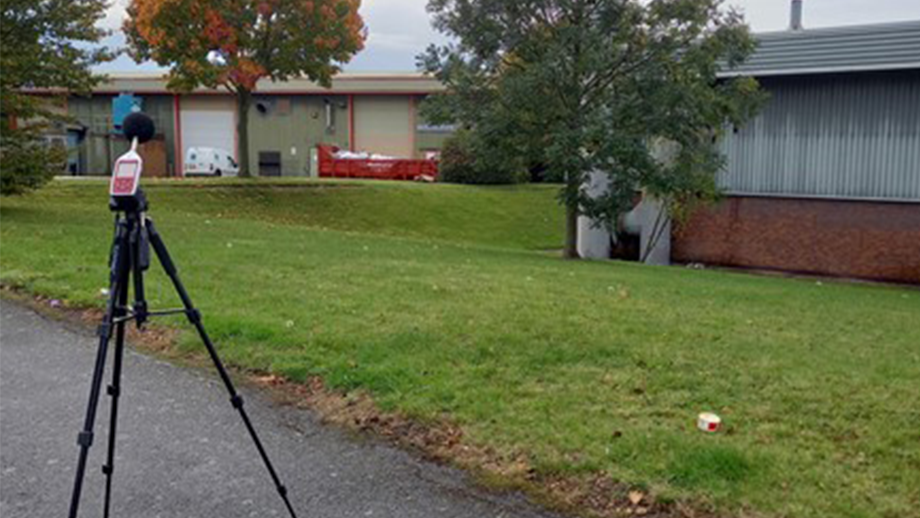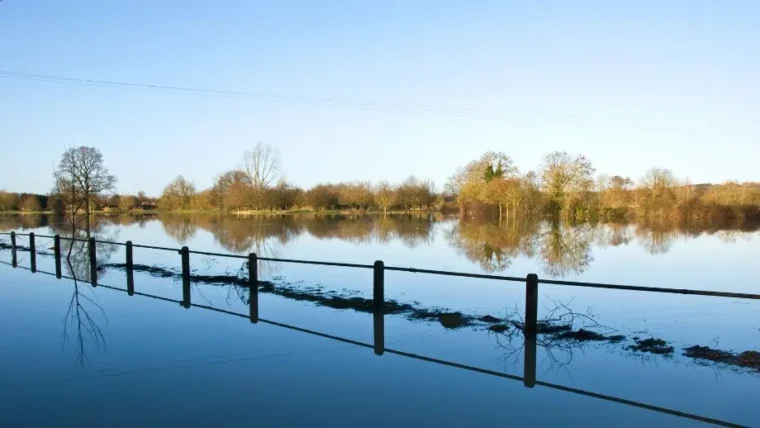
The 24th – 29th May is Noise Action Week, which aims to raise awareness of nuisance noise.
Nuisance noise can be defined as excessive, unwanted sound that causes stress, annoyance, or disturbance. For example, building site activities can create nuisance noise which could result in complaints and intervention by a local council.
Noise surveys and assessments are conducted in areas where noise exposure is likely to be hazardous. There are two different types of assessment, Environmental Noise Assessments and Workplace Noise Assessments.
Environmental Noise Assessments
Any business which creates noise that could impact the wider environment and human health could benefit from an environmental noise assessment. Environmental noise assessments are carried out on the site boundary to identify any noise issues which may cause nuisance to sensitive receptors, including wildlife areas and neighbouring sites.
A trained consultant will use a type 1 sound level meter to record noise measurements (usually at the nearest local receptors) both when the source of the noise is running and not running. Certain characteristics of the noise source, such as whether it is broad-ban, tonal or impulsive, may also need to be considered and the assessment may also need to be done at different times of the day.
A report will be produced on the findings and guidance will be given on how to reduce noise from the site. The findings will also allow a comparison to any conditions that may have been placed on the company by local councils.
Workplace Noise Assessments
In addition to hearing damage and the risk of tinnitus that can occur due to excessive noise levels, noise pollution has been found to have other serious negative effects on the human body, including high blood pressure, sleep disturbance, and even hormonal disruption. At the workplace, it is an employer’s duty to minimise the risk to employees’ health by controlling noise levels. The Control of Noise at Work Regulations 2005 was brought in to protect workers and it requires all employers to assess risk from noise if employees are likely to be exposed to noise at or above the lower exposure action values
Damage to health can occur when employees are exposed to noise levels above 85 decibels, the level at which employers must provide hearing protection and hearing protection zones. However, the level at which employers must assess the risk to workers’ health and provide them with information and training is 80 dB. (HSE)
A Workplace Noise Survey should be undertaken by an experienced Occupational Hygiene Consultant who will use specialist instruments to gather noise exposure data. The results are compiled into a report with recommendations on how to reduce or eliminate noise.
Have you ever had to control nuisance noise on your site?









